The local authority wanted to understand options for disaster recovery and business continuity. With infrastructure approaching end of usable life and their application agreements up for renewal, the customer was looking to understand whether public cloud would be a valid option for backup and disaster recovery.
Working within IT, we undertook a discovery and assessment of the customer’s infrastructure, operational tools, applications and ICT service. Based on our findings from the assessment, public cloud offered real benefits both in long term service improvement and short term protection of on premise hosted services.
This piece of work resulted in a procurement process that has subsequently enabled the customer to procure a partner to de-risk services and migrate to cloud, removing the reliance on on-premise legacy hardware. This has ultimately reduced the risk to their service, provided cost savings and enabled the customer to overcome service constraints not possible from on premise delivered infrastructure. Our discovery work has helped the customer to continue to make informed decisions regarding their systems, leading to a programme of work to plan for longer term IT transformation activity.
Our customer wanted to understand how they could transform their IT service to better support their business functions and services. They wanted to get an independent view of their service issues and the underlying causes.
We developed a strong understanding of how IT is used by the organisation, also understanding the constraints and challenges faced in delivering IT services. It was key to talk to both business and IT personnel, drawing out issues and concerns. We created a number of architecture landscapes that focussed on how data, application and technology deliver business value. This highlighted the applications, dependencies and services that are critical to the organisation, enabling us to identify and recommend the most meaningful change activity.
This is now enabling the customer to de-risk service, refocus resources and form a better working relationship with their business users. This greater business engagement is starting to enable business benefits such as greater safety for engineers and community workers, more understanding of their tenants needs and enabling finance teams to manage and model investment in assets over longer periods of time.
The organisation was looking to host in house written applications on public cloud, but realised that their current operating model did not include the capability to adequately support public cloud services. In addition they wanted to ensure that the transition from the application development, through to hosting and management was slick and provided value to the organisation.
We performed an AS-IS assessment of the current operating model, investigating process, procedures, tools and capabilities. This information was then analysed along with the business context and a set of recommendations and initiatives were proposed.
This has now enabled the organisation to move forward with their application delivery, safe in the knowledge that they are operating this in a best practice, efficient way. As part of the recommendations we provided tactical and strategic initiatives to ensure long term sustainability of the service and governance of their IT service overall that has raised the quality of IT service management practices, ensures control of budget spend and improving efficiency throughout the IT organisation.
With the business strategy to exit an existing building and with ageing technology contributing to service issues, the customer wanted a plan of how to migrate to public cloud.
We performed an AS-IS assessment of their infrastructure and applications estate, understanding total cost of ownership, risk, service approach and capabilities to transition. We performed an application candidate assessment to identify suitable candidates for public cloud, defining migration priority and a migration roadmap. We also identified a number of initiatives that would ensure a transformed service model, enhancing service, reducing inefficiency and ensuring efficient operational management.
The outputs from the engagement have enabled the customer to see the complexity of change, understand costs, timelines and resources required to not only migrate services away from their on premise location but also improve service and deliver more efficient service to its members, volunteers and employees. The benefits outlined in the roadmap de-risked service, smoothed out capital expenditure and released resources to concentrate on transformation of IT services to better support the organisation’s mission.
Unsure if we’re right for you?
Then take a look at what our clients have had to say…
Andy and Andy were great to work with. They quickly got to know our organisation and through an evidence-based approach they created an invaluable view of our IT portfolio. This enabled us to set a clear direction for IT and defined how best we can help our business users and enhanced our service to customers.
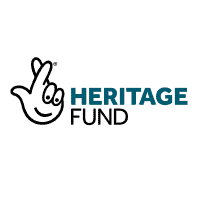
Transformation Director at National Lottery Heritage Fund
They were great to work with. They quickly got to know our organisation and through an evidence based approach, created an invaluable view of our IT portfolio. This enabled us to set a clear direction for IT and determine how best we can help our business users and enhance the service to our customers.
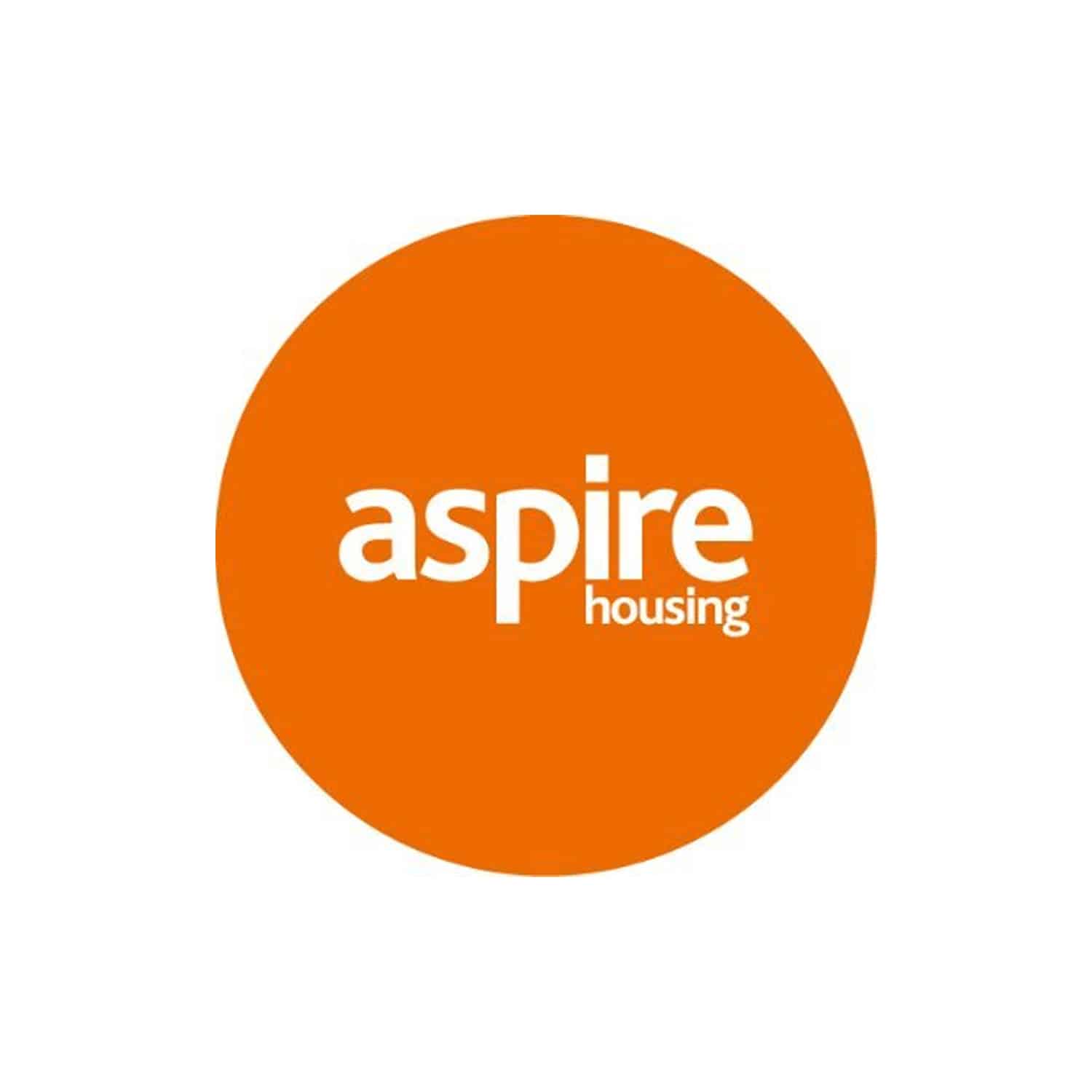
Group Head of IT at Aspire Housing
CoStratify’s detailed evidence based approach provided us with the information we needed to make key decisions on how we moved forward as one organisation. We found Andy and Andy great to work with and we would definitely recommend them to others.
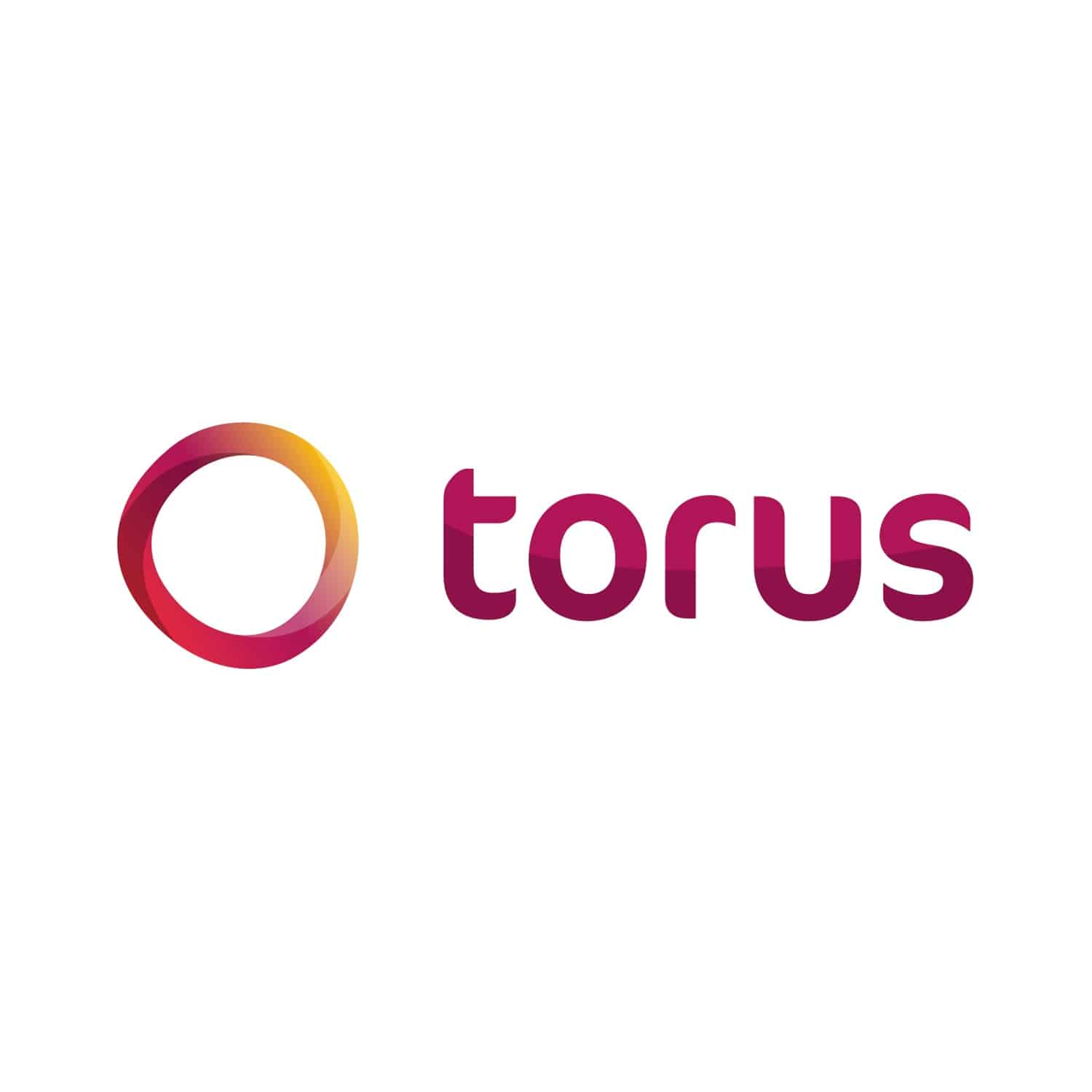
Group Director ICT & Transformation, Torus 62 Ltd
Our Case Studies
Discover our previous work and see the results…
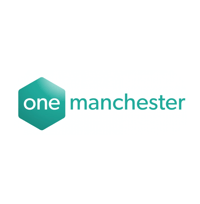 One Manchester
One Manchester
One Manchester is a provider of housing and community services. Formed in April 2015 from a historic merger between two of Manchester’s largest housing associations – City South and Eastlands Homes, we currently own and manage more than 12,000 homes in central, south, and east Manchester.
Situation:
One Manchester had recruited a new Chief Executive and were about to embark on a widespread transformation change programme. One Manchester wanted assurance that the technology and the IT change programme was taking them in the right direction to facilitate their future aims and objectives. They wanted to know that the programme would be a success and understand what journey to embark on to make sure they were ready with the right technology to support the wider business transformation.
To discover more about our client and their work, take a look at One Manchester.
What We Did:
CoStratify delivered a readiness assessment of the programme and performed a full discovery of the IT estate. Understanding the way IT was used by the business and the business value it generated. CoStratify used their Roadmap service to deliver a ‘current state’ and ‘future state’ understanding, a set of initiatives linked to risk and issues, a current state cost assessment, and a future state business case in line with a new vision and direction from the Chief Executive. CoStratify also enabled technology transformation through providing technical and programme governance expertise, enabling One Manchester to get started and be the client side advisor to One Manchester.
Benefit:
Our work in One Manchester has now enabled the organisation to see the evidence for technology change and the benefits that will be enabled by IT. Building a compelling IT business case that will drive the organisation forward to support the new aims and objectives of One Manchester with modern IT that delivers real value to the business for the future.
Delivery from February 2020 – November 2021.
With ongoing Technology Advisory Support until May 2022.
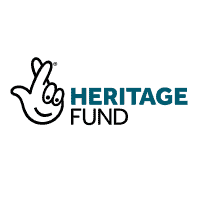 National Lottery Heritage Fund ('The Fund')
National Lottery Heritage Fund ('The Fund')
The National Lottery Heritage Fund (NLHF) is the largest dedicated funder of heritage in the UK. Since 1994, the National Lottery has raised more than £40bn for good causes the NLHF has distributed over £8bn of that to more than 44,000 heritage projects across the UK.
The Challenge:
There was a strong appetite to digitise and professionalise the provision of IT services within The Fund, enabling The Fund to more ably distribute grants, work with communities to facilitate change, and provide greater value for money. The IT platform was very traditional in both delivery and operation and was in need of modernisation to underpin the ambitions of The Fund’s new corporate strategy. The Fund were also planning a rebrand and movement to new offices that created a compelling event for change.
To discover more about our client and their work, take a look at the National Lottery Heritage Fund.
What We Did:
We performed an ICT review across IT systems and services, performing a full cost analysis and a detailed breakdown of costs that enabled The Fund to compare alternative IT service options in the market. We also mapped the business functions and capabilities to the applications and infrastructure in use to provide a common and accurate understanding of the existing estate. These uncovered a number of challenges that we formed recommendations for, helping The Fund to form an IT strategy and a roadmap that underpinned the vision of the senior leadership team. In addition, to assist in the creation of the case we also performed a workstyle assessment to align business user workstyles with how they wanted to use IT and a network review to ensure new services could be supported by the LAN and WAN. The business case for change and the high-level roadmap was approved and we helped provide services to start to alleviate the immediate problems and challenges they were having including migrating 350 users to Office 365.
The Outcome:
Our work in supporting The Fund through this level of change has enabled NLHF to move to new premises with very little on premise legacy infrastructure. It has also enabled a richer way of working for end users, a greater end user experience, reduced complexity in the IT environment and created greater working agility. On the back of the work provided by CoStratify, NLHF have adopted additional support to professionalise their IT service and realise the benefits we helped to outline in the business and roadmap work we were involved in.
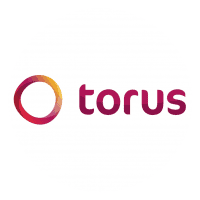 Torus 62 Ltd
Torus 62 Ltd
Torus 62 Ltd are now one of the largest housing associations in the north west of England, after bringing together Liverpool Mutual Homes and Torus. They operate across Liverpool, Warrington and St Helens, providing property services to over 40,000 homes and nearly 75,000 customers. Torus build and develop homes as well as providing property services, with a drive to build thousands of new affordable homes throughout the region by 2024. In addition Torus also has a charity; The Torus Foundation. Its aim is to make a social difference through enabling greater employment, helping drive the digital agenda, improving health and wellbeing and supporting customers with financial advice and debt management.
The Challenge:
With the two parties having just merged, it was critical to quickly put in place an IT strategy that brought the two separate IT services together to deliver one common roadmap of activity. The challenge was to put together a strategy that brought together two IT services, implementing service improvement and enabling Torus with the flexibility to meet the future needs of the business organisation.
To discover more about our client and their work, take a look at Torus Housing here
What We Did:
We delivered a Roadmap Service over the course of approximately 10 weeks, meeting with around 35 different business stakeholders and 12 different IT stakeholders. Our current state assessment was carried out across both organisations separately. After which, we brought together findings and used as the basis for our recommended future state and initiatives roadmap providing a costed plan of change. Our approach helped bring together the understanding of each organisation from a business, IT and service delivery perspective, identifying change based on real feedback from the business and real analysis and statistics based on a mixture of feedback and tooling deployed across the IT estate. Our roadmap highlighted around 30 initiatives that aims to drive efficiency and flexibility that will provide the foundation for cost savings, internal service improvement and enhanced services for it’s customers as part of it’s digital agenda.
The Benefits:
Because of our detailed, evidential approach, it provided Torus with a clear set of justification for change. Our work in understanding costs across each organisation and how we articulated the relationship between business and IT has provided all members of IT with a common understanding of what application are used where, for what purpose and the IT stack that supports that application. As part of the engagement we also identified a number of areas on which Torus could drive cost efficiencies through reducing data centres, simplifying network topologies and consolidating applications. Our work also identified workstyles in which end users prefer to work, which will increase the satisfaction of end users and increase efficiency and performance across the business. In total we identified £3m+ of savings over a 5 year period, which also will provide Torus with a more flexible operating model for future significant business change projects.
We exceeded expectations in delivery to ensure Torus had the information they needed to quickly move forward with a new strategy for change.
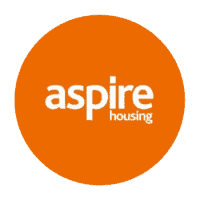 Aspire Housing
Aspire Housing
Aspire Housing is a leading housing provider and property developer across North Staffordshire and South and East Cheshire, with over 8,500 homes under management. However, as part of we are aspire, Aspire Housing offers more than housing association services; it makes a strong commitment to and plays a significant role in its community through its group businesses:
-
PM Training – a social enterprise, are the largest provider of apprenticeships for 16-18 year olds in Staffordshire
-
The Realise charity – helping people to progress their education and gain employment, improving neighbourhoods and disadvantaged communities
The Challenge:
Aspire very quickly needed to understand a roadmap of change that could address their challenges and position them to better support the needs of the business within the group. They wanted to get an independent view of their service issues and the underlying causes; creating a roadmap of change that addressed tactical issues whilst positioning them for longer term transformation. With resources stretched and a new head of service it was difficult for Aspire to prioritise change and move their strategy forward.
To discover more about our client and their work, take a look at Aspire Housing here
What We Did:
Through workshops and meetings with the business we quickly developed a strong understanding of how IT was engaged, adopted and used by Aspire. By working with IT we also understood the constraints and challenges faced in delivering IT services and the technical scope of the service. As part of our process we also created a number of architecture landscapes that helped to convey an understanding of technical complexity, dependency and business value. The diagrams were key to the collaborative approach and highlighted the key applications, dependencies and services that are critical to the organisation. When coupled with the business strategy and service challenges this information enabled us to form a clear roadmap of activity and next steps that both provided tactical and strategic change. In addition we also modelled the cost of the current service and provided comparisons to alternative cloud based services, providing an indication of the cost of the current environment against that of the market. This was a 6 week project culminating in an Executive presentation, which was very well received by Aspire.
The Benefits:
The cost model, recommendations and roadmap of initiatives enabled Aspire to align budget for the coming year, pull together a realistic resource plan and focus resources on the correct change activity. Key to this approach was the alignment of business and IT services that drove an understanding of IT’s value to the organisation as well as the complexity of the service. This is now enabling the customer to de risk service, refocus resources and form a better working relationship with their business users. This greater business engagement is starting to enable the organisation to take advantage of technology to offer business benefits such as greater safety for engineers and community workers, more understanding of their tenants needs and enabling finance teams to manage and model investment in assets over longer periods of time.



